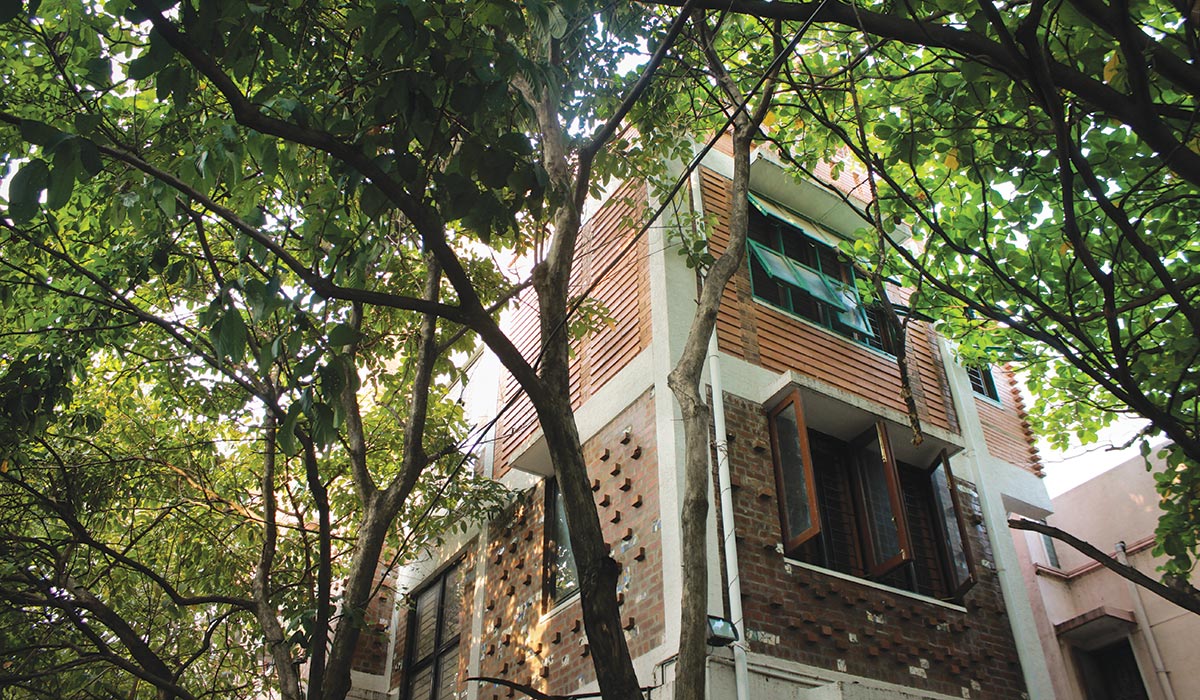
However, many centuries later, as man progressed in scientific knowledge and inventions, technology made transport and mechanical systems of lighting and ventilation fairly simple. And architecture experimented with this new freedom very liberally.
No more did material have to be local. Material was being transported across oceans and seas and local flavour gave way to international desires. Architecture became flirtations and local styles vanished. Buildings across the globe looked universal, the material used were that which could be erected with speed, and MNCs flourished. Buildings became universal like jeans in the clothing world. Streets in Casablanca resembled streets in India, and Shanghai looked like America. Five star hotels across the globe looked the same. Architecture became as universal as the internet.
This universal access to literature, ease of transport and mechanical /electrical/electronic ways to control interior environments, has made architecture a toy to experiment with. This has resulted in forms and materials not necessarily suited to our place, culture, identity, climate or craftsmanship. In many cases, technology has been used carelessly giving way to almost absurd expressions, because of which, we have coined words such as “eco-friendly” structures. Simply put, we need to design an architecture that is local sensitive.
The mood of the day is speed, money and profits, and this supersedes other concerns
However, that is easier said than done. Over the years, construction systems have changed and labour has lost the inclination to execute detail. The mood of the day is speed, money and profits. And this supersedes sensitivity to place and culture.”Detailing” , “Nationality” is a lost concept. In a nation that has traditionally celebrated art in every form, from utility items to buildings, to art itself, this careless attitude has permeated society in all its areas, and has created a citizen that is in contravention to what was assumed to be the Indian of pre-independence era- a citizen rather proud of its heritage. Many years have passed since Independence and many influences have been thrust on and accepted by us. Architecture is only a reflection of these influences and the values that we have imbibed as a citizen.
At the other end of the spectrum is the well-heeled and well travelled Indian. The Indian who can afford craftsmanship and all that is local along with local knowledge. Which essentially, is green and eco-friendly. However, this sector, barring a few of course, is in the phase of experimenting with all that is imported, which in itself is okay, if the spirit of the spaces remain true to its climate. But perhaps this experimenting is necessary to understand its futility.
 22 Foot House, Central Bangalore
22 Foot House, Central BangaloreThe road to sustainable design as the norm of building construction in our country must go beyond technical calculations of energy and air quality, to the idea that local sensibilities, culture, material, workmanship, is best suited for us as individuals, as a society, and as a lifestyle . This will happen when our self-esteem in being Indian grows and when we become proud to be Indian. We are on the way to getting there. Once this happens, we will be naturally eco-friendly.
One firm that I admire, that walks its talk and works quietly and unassumingly in what they believe in, is Shilp Sindoor, the firm of the Kanade brothers. Their philosophy is based on local sensibilities, and their beliefs are unwavering. Like the architecture of the late Nari Gandhi and Laurie Baker.















